30 Interesting Facts About Italy

Italy is one of those countries that simply captivates people. Between the food, art, history, culture and stunning landscapes, it’s a place with so much depth that you can never fully uncover all its secrets. Yet most visitors only scratch the surface of everything that makes Italy so endlessly fascinating.
In this comprehensive guide, we’ll dive deeper into the hidden corners of Italian life and culture. You’ll learn surprising facts and insights about Italy’s diverse regions, inventions, sports, stereotypes, famous figures, and much more. From Venice’s magical canals to Sicily’s fiery volcanoes, get ready for a look behind the typical tourism brochures. By the end, you’ll have a new appreciation for what makes Italy such a special country.
1. Italy is Comprised of 20 Diverse Regions
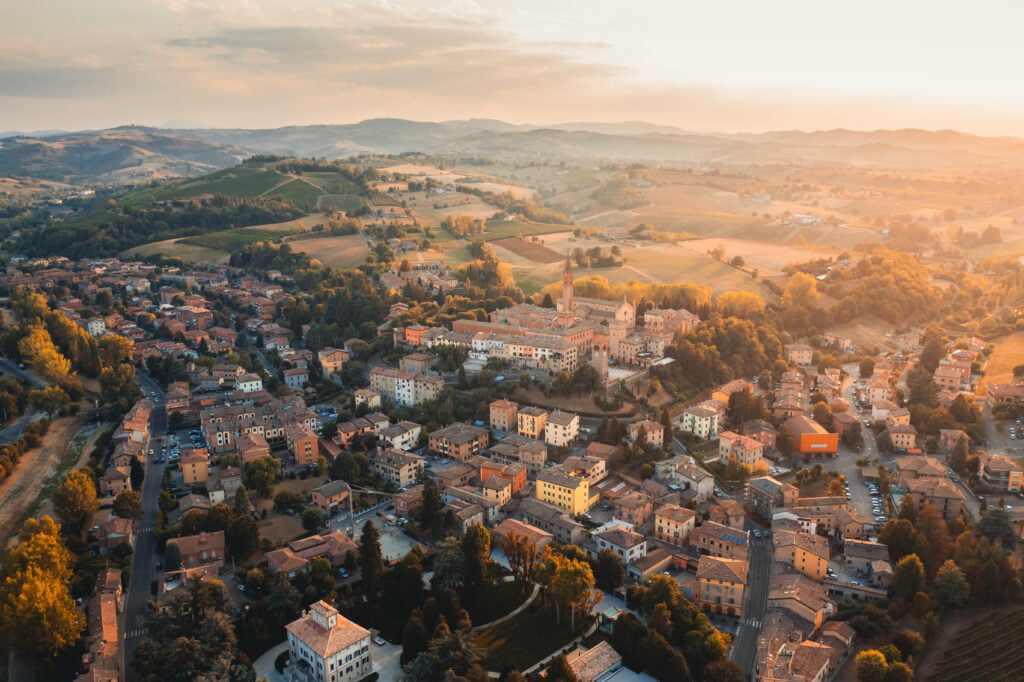
The Italian Republic is made up of 20 regions, each with its own unique identity, dialects, architecture, art, cuisine, and traditions. From the watery streets of Venice to the mountains of Trentino, Italy’s regions are diverse and fascinating to explore. Getting to know each area takes a lifetime.
2. Italian Has Many Distinct Dialects
While Italian is the official language, there are actually dozens of dialects spoken throughout the country. Venetian, Neapolitan, Sicilian, and others have their own vocabularies and pronunciations that can sound like different languages. The diversity of dialects reflects the cultural variety of Italy’s regions.
3. Italy Has the Most UNESCO Sites in the World
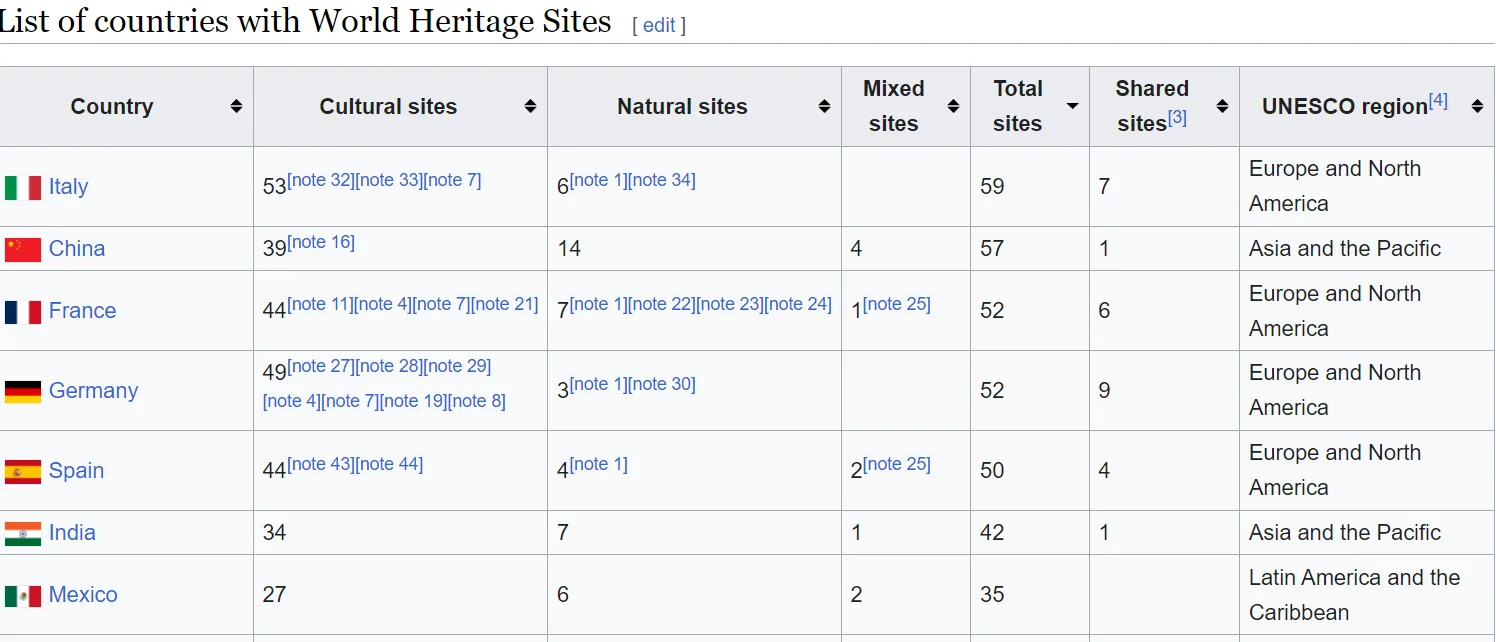
With 59 total sites, Italy has more UNESCO World Heritage Sites than any other country. These include historic city centers like Florence, archaeological ruins such as Pompeii, and natural landscapes like the Dolomites. Walking in Italy is like stepping into a living museum.
4. Mount Etna is Europe’s Tallest Active Volcano
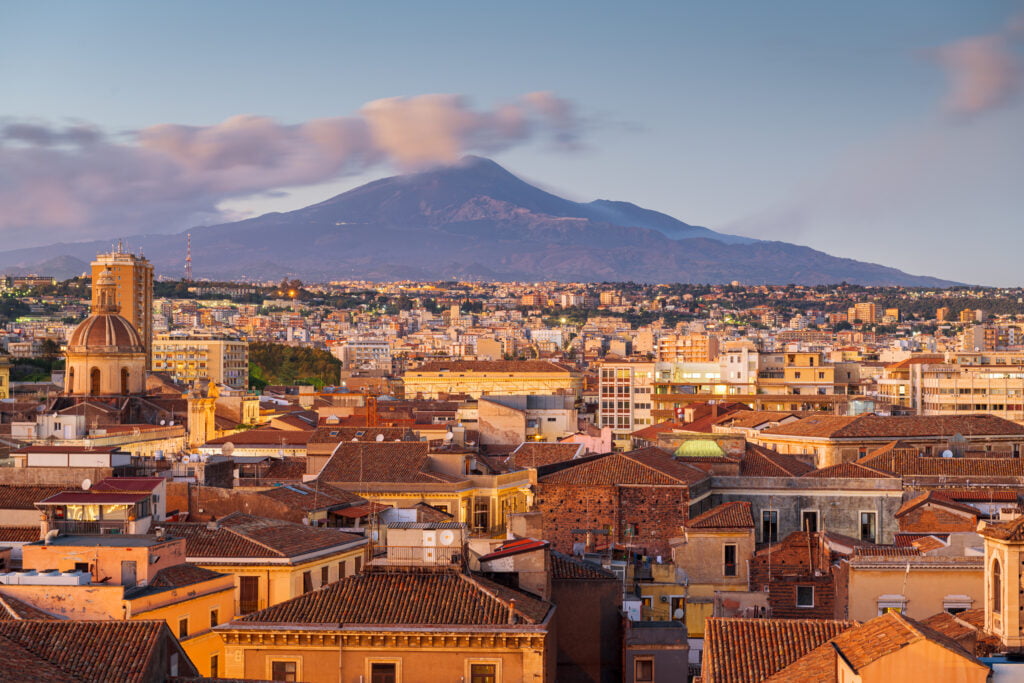
Towering above Sicily, Mount Etna is the tallest and most active volcano in Europe at over 10,000 feet high. Called “Mongibello” in Italian, it has erupted over 200 times in the past 2000 years, making it one of the world’s most dangerous volcanoes.
5. No Place in Italy is More Than 75 Miles from the Coast
As a peninsula extending into the Mediterranean, nowhere in Italy is further than 75 miles from the coastline. With over 4,600 miles (7,400 km) of coast, the sea has greatly influenced Italian culture, food, lifestyle, and seafaring traditions throughout history.
6. Bologna Has the Oldest University in the World
The University of Bologna was founded in 1088, making it the oldest continuously operating university in the world. Over its centuries of history, notable alumni have included Dante, Copernicus, and Galileo. It helped spark Europe’s shift out of the Dark Ages.
7. Italian Cuisine is Highly Regional
Don’t make the mistake of thinking Italian food is all the same! Famous dishes like pizza and pasta originate from specific cities and regions. For example, you can’t make an authentic Neapolitan pizza outside of Naples due to the uniqueness of their ovens and ingredients.
8. Italy Has a High Rate of Pet Ownership

Italy has over 65 million pets, including 9 million dogs and 10 million cats. Stray animals are rare due to spay and neuter laws adopted in 1991. Italians love animals, with dogs especially popular to have at home and included in daily routines.
9. Italians Consume Over 30 Liters of Wine Per Year
With nearly perfect conditions for grape cultivation, the average Italian drinks over 43 liters (2021) of wine per year. Winemaking has been an essential part of Italian agriculture since the days of the Etruscans and Ancient Greeks. Regional varieties reflect local terroir.
10. Italy Spends Heavily on Education
Italy has a 99.94% (2021) literacy rate and spends more of its GDP on education than any other European nation. Primary education is required by law between ages 6-16. Though reforms are needed, Italy maintains a strong commitment to developing human capital.
11. Lake Garda is Italy’s Largest Lake
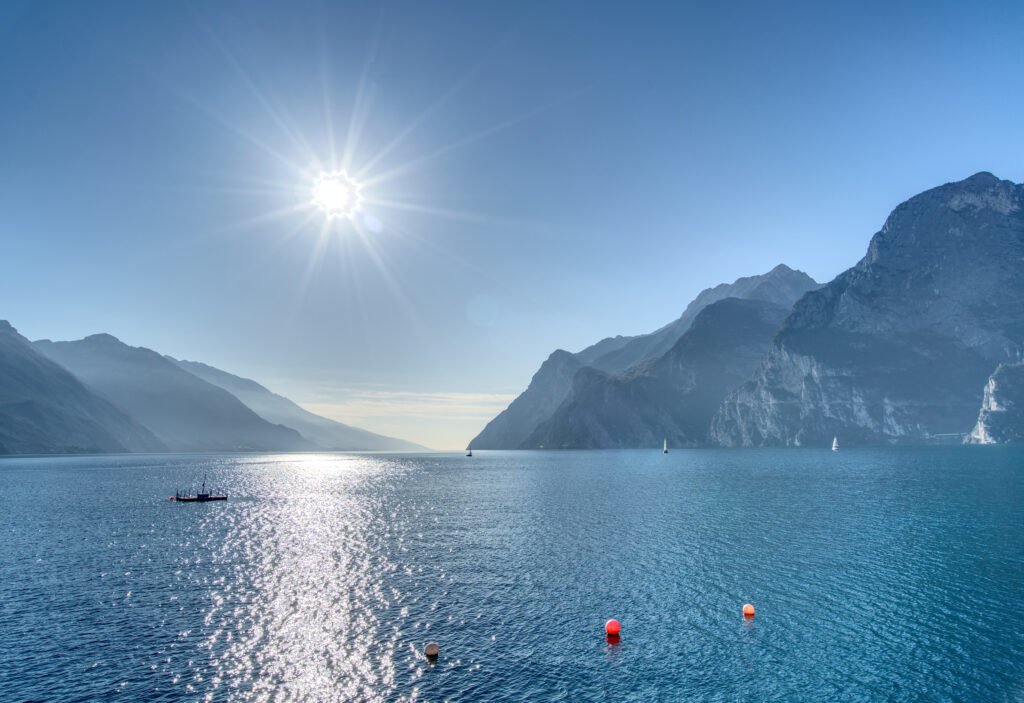
Covering over 143 square miles [370 square km], Lake Garda is the largest lake in Italy. Located near the Dolomites in northern Italy, it has a Mediterranean climate perfect for vineyards. This scenic locale is a popular vacation destination for water sports, hiking, and relaxation.
12. Galileo Galilei Was the “Father of Modern Science”
The Italian physicist and astronomer Galileo Galilei was one of the most influential figures of the Scientific Revolution during the 1600s. He used experiments and mathematics to prove that Earth revolves around the sun, rather than vice versa as believed at the time.
13. Alessandro Volta Invented the First Battery
In 1800, Italian physicist Alessandro Volta invented the voltaic pile, the first electric battery that produced a continuous electrical current. The measurement unit Volt was named after him. Italian inventors have made many key discoveries in electromagnetism.
14. Majority of Italians Identify as Roman Catholic
Over 78% of Italians consider themselves Roman Catholic, though church attendance has decreased over the past few decades. Only 30% regularly attend mass as of 2020. While Italy remains culturally Catholic, strict observance has declined among youth.
15. Italy Has the Lowest Birth Rate in Europe
With only 1.3 children born per woman, Italy has the lowest birth rate in Europe. Combined with increased lifespans, Italy has become an aging society, with nearly a quarter of the population over 65. This has raised economic and social challenges.
16. Italian Films Have Won the Most Foreign Language Oscars
With 14 wins total, Italian films have taken home more Academy Awards for Best Foreign Language Film than any other country. Famed directors like Federico Fellini, Michelangelo Antonioni, and Roberto Rossellini gained renown for masterpieces like La Strada and 8 1/2.
17. Italian Hand Gestures Range from Insults to Warding Off Bad Luck
Italians use expressive hand gestures in conversation, some harmless and others quite insulting! Common gestures include the “chin flick” to show disbelief and the “corna” sign, extending index/pinky fingers to ward off bad luck or insult someone.
18. Over 80 Million Italians Live Abroad in the Diaspora
Centuries of explorers and emigrants spreading across the globe have formed a vast Italian diaspora of over 80 million people living outside of Italy. Large populations are found across Europe, the Americas, Australia, and Africa.
19. Venice was a Powerful Maritime Empire for Centuries
Founded in the 5th century CE, the Republic of Venice existed until 1797 as one of the most powerful city-states in the Mediterranean. At its height, Venice controlled a maritime commercial empire that stretched across the Adriatic and Aegean seas.
20. Italy Has Won the World Cup More Times than Any Nation Except Brazil
As the most popular sport in Italy, soccer unites the country. The national team has won four FIFA World Cup victories (1934, 1938, 1982, 2006) – only Brazil has more wins. Club teams like Juventus, Milan, and Inter have legions of passionate fans.
21. Each of Italy’s Major Cities Has Distinct Claims to Fame
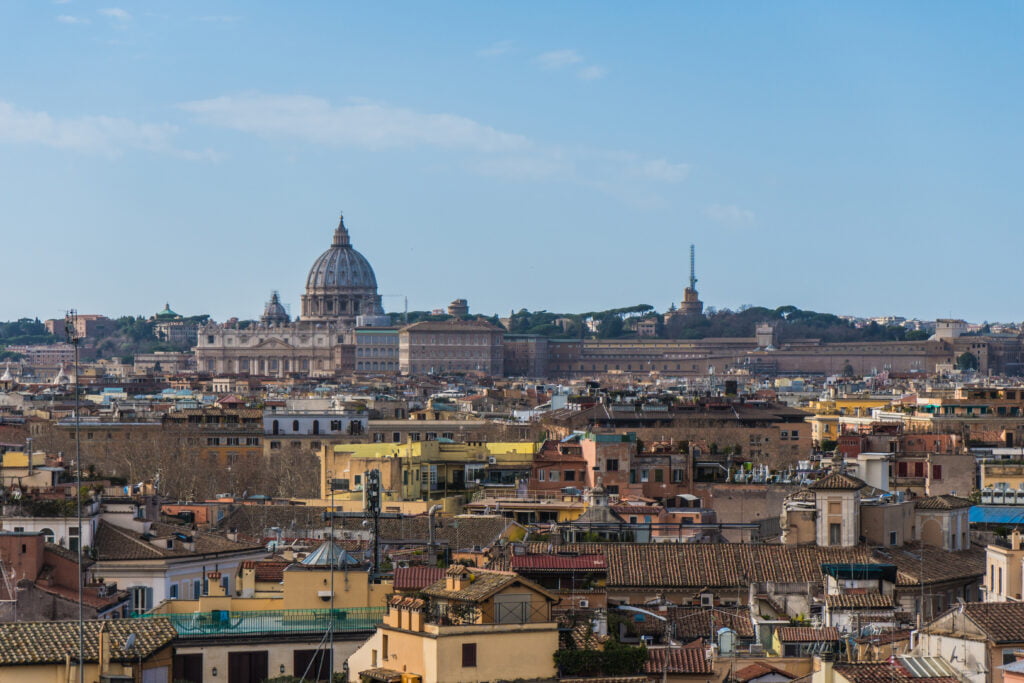
22. Italian Immigrants Helped Shape Many Cultures
Throughout the 19th and 20th centuries, waves of Italian emigrants settled across the Americas, Australia, and southern Africa, greatly influencing local customs and cuisines. Italian food, language, and traditions can now be found worldwide, especially in major cities.
23. Italian Has Many Recognizable Stereotypes
From hand gestures to family values, certain Italian stereotypes are familiar globally. These include boisterous emotional expressions, strong family bonds, superior fashion sense, musical flair, and more. Stereotypes hold grains of truth while also obscuring nuances.
24. Italian Superstitions Range from Spilling Oil to Black Cats

Many traditional superstitions still hold sway in Italy. Black cats crossing paths is bad luck. Spilling olive oil foretells coming misfortune. The “corno” charm protects against the evil eye. And never place bread upside-down! Old traditions live on.
25. Italian Mythology Mixes Roman Gods with Lore
Roman gods like Jupiter and Neptune were worshipped alongside figures from Etruscan and Italian mythology like Silvanus, the god of forests. Myths involved fables, mysticism, and legendary figures like Romulus and Remus, the twin brothers who founded Rome.
26. The Renaissance Began a Golden Age of Artistic Achievement
During the 14th and 16th centuries, the Italian Renaissance sparked a flowering of art, architecture, and learning that ended the Middle Ages. Figures like da Vinci, Michelangelo, Raphael, Botticelli, and Donatello created enduring masterworks.
27. La Scala in Milan is One of the World’s Great Opera Houses

Inaugurated in 1778, Milan’s La Scala Theater is a historic opera house known for premieres of works by Verdi, Puccini, Rossini, and Bellini. Its excellent acoustics, grand architecture, and illustrious history solidify La Scala as a temple to the art form.
28. Italian Fashion Has Global Fame and Influence
Italy is synonymous with style, from iconic brands like Gucci, Armani, and Prada to independent designers pushing boundaries. Milan Fashion Week is a top event, while Florence houses the Ferragamo museum and design schools. Italian influence is everywhere.
29. Ferrari and Lamborghini Are Pinnacles of Sports Car Engineering

Two Italian car manufacturers, Ferrari and Lamborghini, have attained legendary status for fast, luxurious sports cars. Since 1947-1963 respectively, they’ve set new standards for racing performance and bold style, enthralling auto enthusiasts worldwide.
30. Italian Neorealism Pioneered New Filmmaking Techniques
Emerging after WWII, Italian neorealism films used natural settings, nonprofessional actors, and working class stories to reflect life in post-war Italy. Directors like Rossellini and De Sica created cinematic masterpieces that inspired New Hollywood and beyond.
Key Takeaways on Italy’s Unique History and Culture
Conclusion
While we’ve covered 30 intriguing facts, there’s still so much more to discover across Italy’s thousands of years of history and culture. Exploring this country in depth is a lifelong journey. Hopefully, this guide provided a stimulating glimpse into Italy’s lesser-known wonders, beyond the superficial stereotypes.
Italy has so many superlative achievements, from pioneering inventions to artistic genius, with passionate people and vibrant regional diversity. There are still endless layers left to uncover. Let us know which facts you found most interesting! Understanding Italy leads to understanding so much about human creativity and what makes life meaningful.





